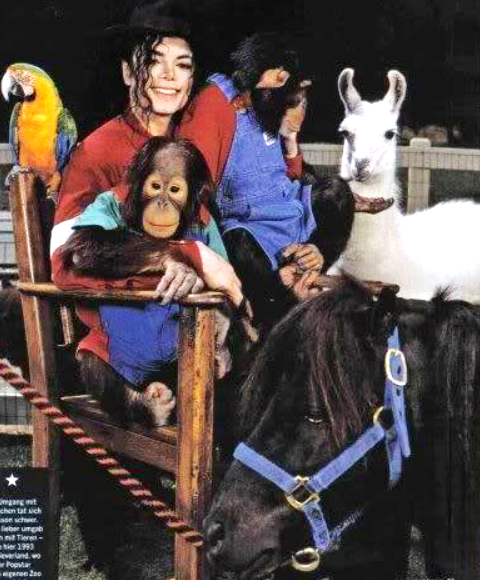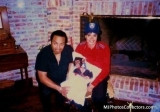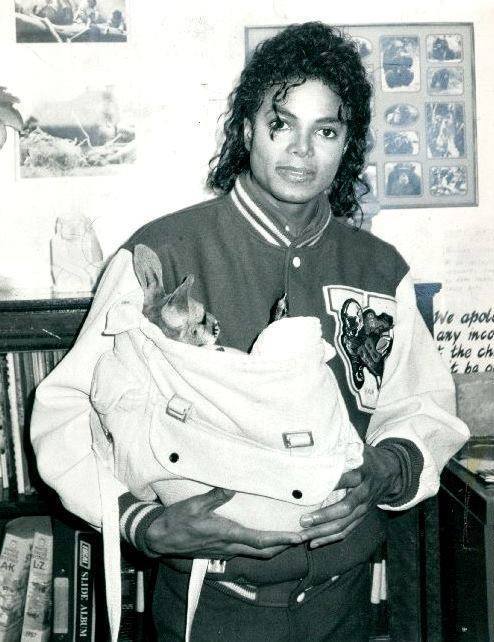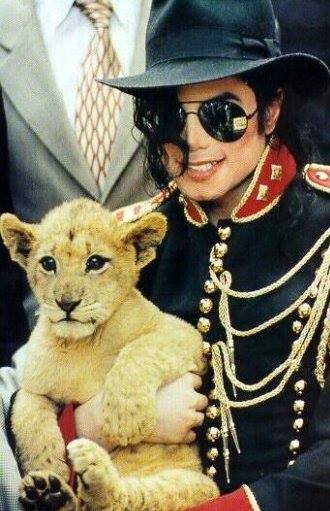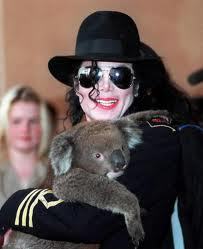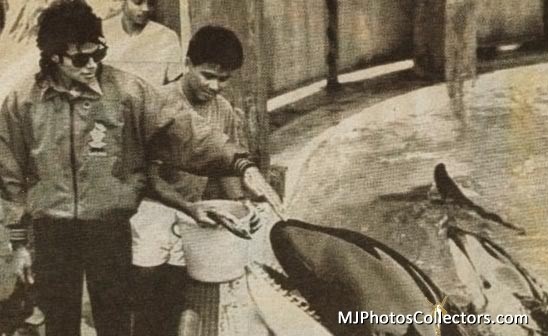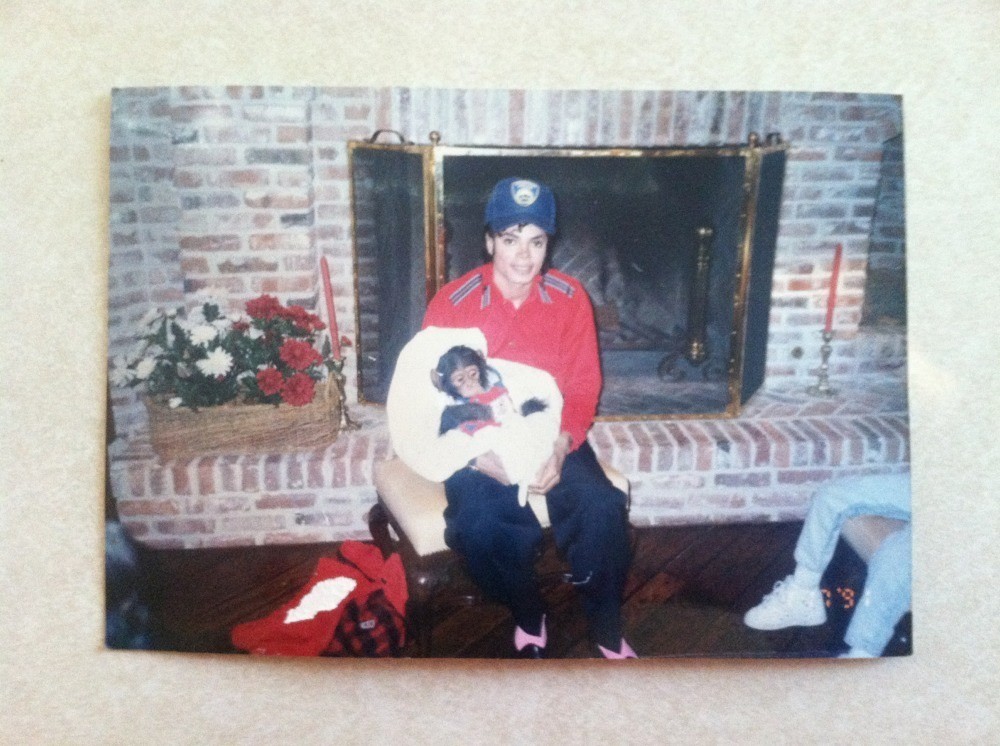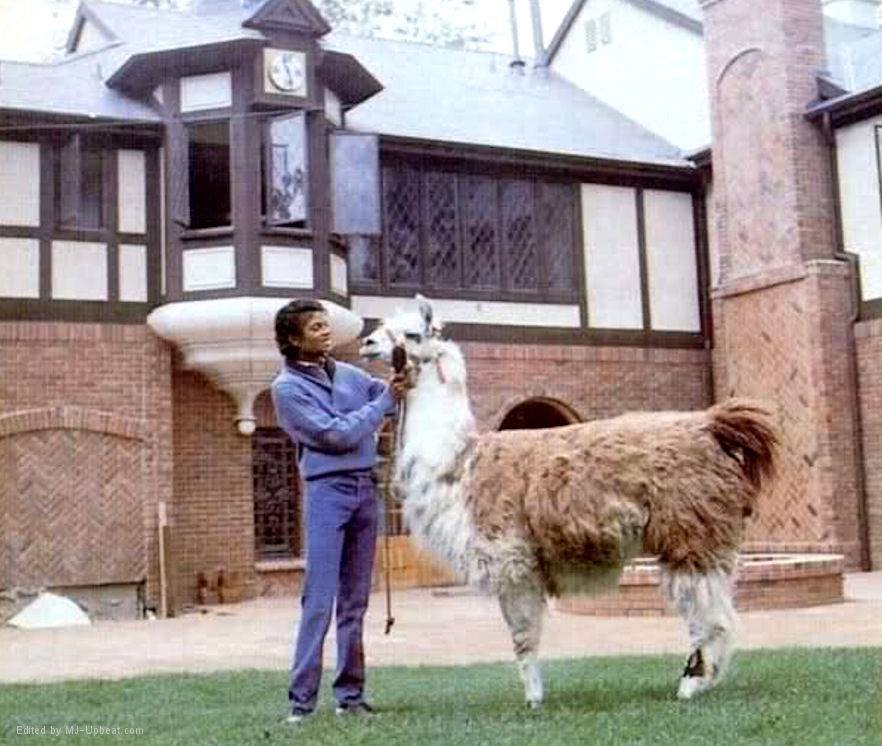Animal Emotions
Do animals think and feel?
by Marc Bekoff
Jasper Bear and Jethro Dog: Ambassadors for Peace and HopeWe should look to animals for lessons in forgiveness, generosity, and hope
I wrote about Jasper's and Jethro's story a few years back, but in the past few weeks I've had a number of people ask me to write something about how to maintain hope and how to keep our dreams for a more peaceful planet for all animals, nonhuman and human. All of what I wrote a few years ago still holds, and since I wrote this essay an incredible amount of new research has shown that our relationships with other animals are very good for them and also for us, and that nonhumans truly are compassionate and empathic beings. We've also learned a lot about how other animals, domesticated, captive, and wild, also suffer from post-traumatic stress disorder (see also and; PTSD).
Jasper is an Asiatic moon bear. I continue to try to practice what he teaches after many years of knowing him. Jethro was my long-time companion dog, and I also try to incorporate his lessons about compassion and love into my life.
Jasper, Jethro, and many other amazing animal beings teach us numerous and very important lessons about forgiveness, generosity, dignity, peace, trust, and love. We must listen to them carefully and incorporate their gifts into our lives.
Jasper's story
Jasper's story is an incredibly inspirational lesson about forgiveness, generosity, peace, trust, and love. Jasper arrived at the Moon Bear Rescue Centre outside of Chengdu, China, in 2000 and given the name he proudly carries. Jill Robinson MBE (founder of Animals Asia) and the wonderful humans who work with her receive bears from bear farms after the bears are no longer useful to the farmers. Bears usually arrive in horrible condition, suffering from serious physical and psychological trauma. Each bear is given a complete physical and a psychological evaluation. Many need surgery because of their physical condition (missing paws, worn down teeth, or liver cancer). After they've acclimated to the center some bears have to be kept alone, whereas others can be introduced to other bears (for details about bear farming and bear rescue see).
Here's why Jasper is such an inspiring bear being. He's a true survivor. I'm sure he and his friends remind of us the dogs, cats, and other animals to whom we give care. For fifteen years Jasper's home was a tiny, filthy "crush cage" in which he couldn't move on a bear farm in China. Jasper was continually squashed to the bottom of his filthy cage to squeeze out his bile. Imagine being pinned in a phone booth for even fifteen minutes and all you could do was turn your head to drink water and eat. As if this wasn't enough, Jasper also had a rusty metal catheter inserted into his gall bladder so that his bile could be collected to treat various ailments in the spurious name of traditional Chinese medicine. Despite it all, Jasper survived and his story must be told and shared widely.
Jethro and Jasper: Exemplars of Compassion and Empathy
I met Jethro in June 1989 at the Boulder (Colorado) Humane Society. When I first met Jasper he immediately reminded me of Jethro - kind and gentle with big brown eyes that stared right into my heart. Each had a tan stripe across his chest; for Jasper the tan crescent is the reason he's called a moon bear. I'm sure it was Jasper's and Jethro's optimistic spirit and trust that allowed them to thrive.
At the humane society Jethro had the reputation for liking all the other animals, including the ducks, geese, and goats he occasionally met in the outdoor run. Jethro came home with me, kept me happy and healthy, rescued injured birds and bunnies around my mountain home, and taught me many important life lessons. One day Jethro came to my front door, stared into my eyes, and dropped a small furry saliva-covered ball at my feet. The wet ball was a very young rabbit. Jethro stared unwaveringly into my eyes, commanding me to do something, so I picked up the tiny rabbit, placed her in a box, gave her water and celery, and figured that despite Jethro and me working together to keep her alive, she was unlikely to survive the night. I also wondered whether Jethro would, at some point, decide she’d be a tasty meal.
I was wrong on both counts. Jethro remained by her side, and refused walks and meals, until I pulled him away so he could heed Nature’s call. Finally, when I released the rabbit, Jethro followed her trail and continued to do so for months. Over the years to come Jethro approached many rabbits as if they should be his friends. He also rescued a few birds who had flown into windows and even, on one occasion, a bird who had been caught by a local red fox.
Jasper's and Jethro's stories and spiritual paths are inspirational lessons for how we can all be healthy, alive, and connected, and recover from untold and unimaginable trauma with forgiveness, dignity, and grace. Each of these individuals also displayed unbounded compassion and empathy for others.
When I first met Jasper I could feel his gentle kindness. The same for Jethro. Their omniscient eyes say, "All's well, the past is past, let go and move on". Jasper's gait was slow and smooth as he approached me as I fed him peaches out of a bucket. I then gave Jasper peanut butter and his long and wiry tongue glided out of his mouth and he gently lapped the tasty treat from my fingers. Jill Robinson best describes Jasper's softness, his kind disposition: "Touching the back of his paw one day I saw his head turn towards me, soft brown eyes blinking with trust and I knew that Jasper was going to be a special friend."
Jasper knew that things were going to get better and that he would recover. Jasper tells people and other bears "All will be okay, trust me." Likewise, when I was having a bad day, Jethro also reminded me to look on the bright side of things. When Jasper was finally released from his recovery cage at the rescue centre he was delighted to be free. Jill watched him approach a bear on the other side of the bars separating them and reach out as if to shake paws with the stranger who was to become his best friend. The other bear, Delaney, AKA Aussie, sniffed Jasper's paw and then put his paws through the bars so that Jasper could return the favor. Jasper and Aussie remain close friends and I've had the pleasure -- I might say a delightful treat and honor -- of watching them play, rest together, and perhaps share stories of the their horrible pasts and the wonderful humans with whom they're lucky to live with now.
Many of the bears love to play, and this is an indication that they've substantially recovered from their trauma. When I visited the Moon Bear Rescue center in October 2008 I saw Aussie and Frank frolicking on a hammock. They were having a great time and it was incredibly inspiring to see these bears enjoying life. Jill and I shared their joy as we laughed at their silly antics. When Aussie saw Jasper ambling over he jumped off the hammock, approached Jasper, and they began roughhousing - caressing one another, biting one another's scruff and ears, and falling to the ground embracing and rolling around. After a while Jasper went over to a water hole and invited Aussie in but Aussie decided to stay on the shore and watch Jasper play in the water. Tears came to my eyes. Not only were these bears telling one another that the day was going just fine but they were also telling Jill and me that all was okay. Much of the deep trauma that they'd experienced was in the past and whatever lingered wasn't stopping them from enjoying themselves and spreading joy to other bears. Traumatized animals don't play and surely aren't as out-going as these awesome bears.
Jasper remains the peacemaker. He makes other bears feel at ease and that's how I felt when I first met him. Perhaps Jasper knows what the other bears have experienced and wants to reassure them that everything will be okay now that they've been rescued. Jasper truly opens up his heart to everyone he meets. And, I think Jasper knows the effect he has on others. Jill told me that at a social function in 2009 to celebrate their book Freedom Moon Jasper stole the show. He always does - and he knows it. But there's no arrogance at all - just trust and confidence that all is well and will continue to be so.
If one didn't know what Jasper had experienced they'd never guess for it isn't apparent from his behavior and spirit. Are Jasper and a few others special, and if so, why? Why did they recover and others do not? Bears, like dogs and other animals, display different personalities. Big Aussie still runs back into his den when he hears a strange noise or even when he sees a caterpillar in the grass. As an ethologist, I always want to learn more about each being as an individual, what they feel, how they travel through life, and how they keep their dreams alive.
I often wonder what Jasper, Aussie, and other moon bears carry in their heads - what remnants of unspeakable abuse and trauma remain. Perhaps they also talk about how lucky they are to have been rescued and that not all humans are bad, that they can trust some of us. Many of the bears have been able to get over a lot of what they experienced, at least overtly, and depend on the trust, loyalty, and love that they've developed over time with the same mammalian species - human beings - who couldn't care less about their well-being.
Jasper is the spokes-bear for forgiveness, peace, trust, and hope. I can't thank Jasper enough for sharing his journey and his dreams.
Jasper, like the dogs and cats who also need us, makes us more humane and thus more human. The true spirit of humans, our inborn nature, is to help rather than to harm.
Expanding our compassion footprint and rewilding our hearts
How Jasper and other moon bears recover from their unspeakable trauma is a lesson to us all for expanding our compassion footprint - for spreading compassion throughout the world - and for rewilding our hearts and for keeping our dreams alive. Jasper, Jethro, and other animals are constantly telling us their stories in moon bear, dog, cat, elephant, chimpanzee, mouse, and other species-sorts of ways. It behooves us to be mindful and to listen to their tales very carefully for we will learn a lot about them and also a lot about ourselves. The gifts that Jasper, Jethro, and many other animals have shared with me are priceless. I can't put into words how indebted I am to Jasper and Jethro for letting me into their lives. I like to think I'm a better human being for gaining their generosity and trust. I also thank Jill Robinson and all the fine people at Animals Asia for their tireless commitment to rescue and rehabilitate abused moon bears and occasional dogs and cats. Thousands of bears still await rescue.
Henry, Stevie, Lobster, Matilde, and Butch: Five very lucky dogs
A most memorable part of one of my trips to China is also worth sharing. I accompanied the moon bear team to the Qiming Animal Rescue Centre outside of Chengdu, China where I met dogs and cats who were rescued after the terrible earthquake that devastated large parts of the Sichuan Province in May 2008. I had already met two awesome dogs aptly named Richter and Tremor (AKA Rambo because as a small dog Tremor carried himself with the confidence of Sylvester Stallone) who had somehow survived the earthquake and were living at the rescue center. At Qiming there were many dogs who needed care and Heather Bacon, the chief veterinarian at the moon bear centre, performed some minor surgeries and gave shots and medications when needed
We brought five dogs back to the bear centre for further care, as if the fine people working with the bears needed more work. I was asked to name the dogs so I did: Henry, Stevie, Lobster, Matilde, and Butch. I was especially attracted to Henry because he reminded me of Jethro, minus about 70 pounds. Henry had been caught stealing meat from a butcher and in turn had his most of his right front leg lopped off by the butcher. Somehow Henry survived and wound up at Qiming. Stevie was blind and had to have his eyes removed because they were terribly infected, Lobster also had a broken leg that healed and looked like a lobster claw, and Matilde weighed in at about ten pounds and should have weighed around forty. Butch had lost an eye in a fight with another dog and needed to have it removed. When I last inquired all were doing well and I was told that Matilde now weighs about 40 pounds and that Henry was jumping around like a kangaroo on his remaining three legs.
Compassion begets compassion, through pain comes hope
We can all make more humane and compassionate choices to expand our compassion footprint, and we can all do better. We must all try as hard as we can to keep thinking positively and proactively. Never say never, ever. Perhaps a good resolution as we welcome in a new year is that we will all try to do better for animals - both non-human and human - and earth and work for more peace and justice for all. We can and must keep our hopes and dreams alive.
There is no doubt that these dogs and the moon bears are incredibly lucky for having the attention of all the fine people at the rescue centre. The animals who I meet around the world and the amazing people who selflessly help them are all amazing beings. We can all be inspired by them (see, for example) and know that we must always keep our hopes and dreams alive. The good, the bad, the ugly, and our deep, enduring, and heartfelt commitment to help those in need make us better humans. Compassion begets compassion. Through pain comes hope.
The teaser image is a wonderful heartwarming shot of a recovered Jasper playing with one of his favorite toys (Courtesy of Animals Asia).
http://www.psychologytoday.com/blog...ear-and-jethro-dog-ambassadors-peace-and-hope





